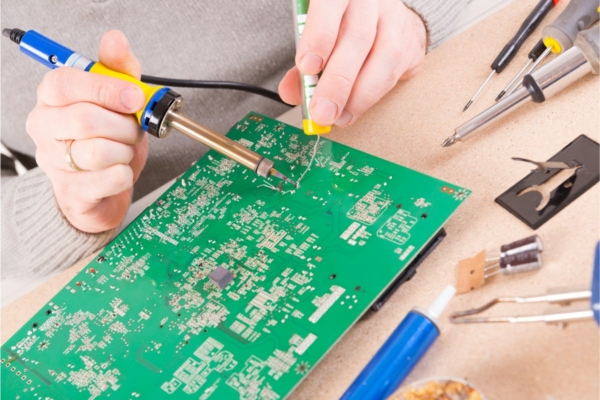What is HAL
HAL, or Hot Air Leveling, is a widely used surface finish technique that involves the application of a layer of solder onto the exposed copper pads of a circuit board. This process serves two main purposes: providing a flat and even surface for component placement and protecting the copper from oxidation.
Initially, the circuit board is thoroughly cleaned to remove any contaminants or oxidation from the copper surface. Following this, a solder mask is applied to cover all areas of the board except for the exposed copper pads. This solder mask acts as a barrier, preventing solder from flowing where it is not intended during the HAL process.
Next, the circuit board is passed through a hot air leveling machine. This machine blows hot air onto the board, causing the solder to melt and form a smooth and uniform layer on the exposed copper pads. Any excess solder is subsequently removed, leaving behind a consistent coating.
HAL is a popular choice for surface finishing due to its favorable solderability and cost-effectiveness. However, using lead-based solder in HAL can raise environmental concerns, leading to a growing trend towards lead-free alternatives. Additionally, HAL may not be suitable for applications requiring higher reliability or specific surface finish requirements.





